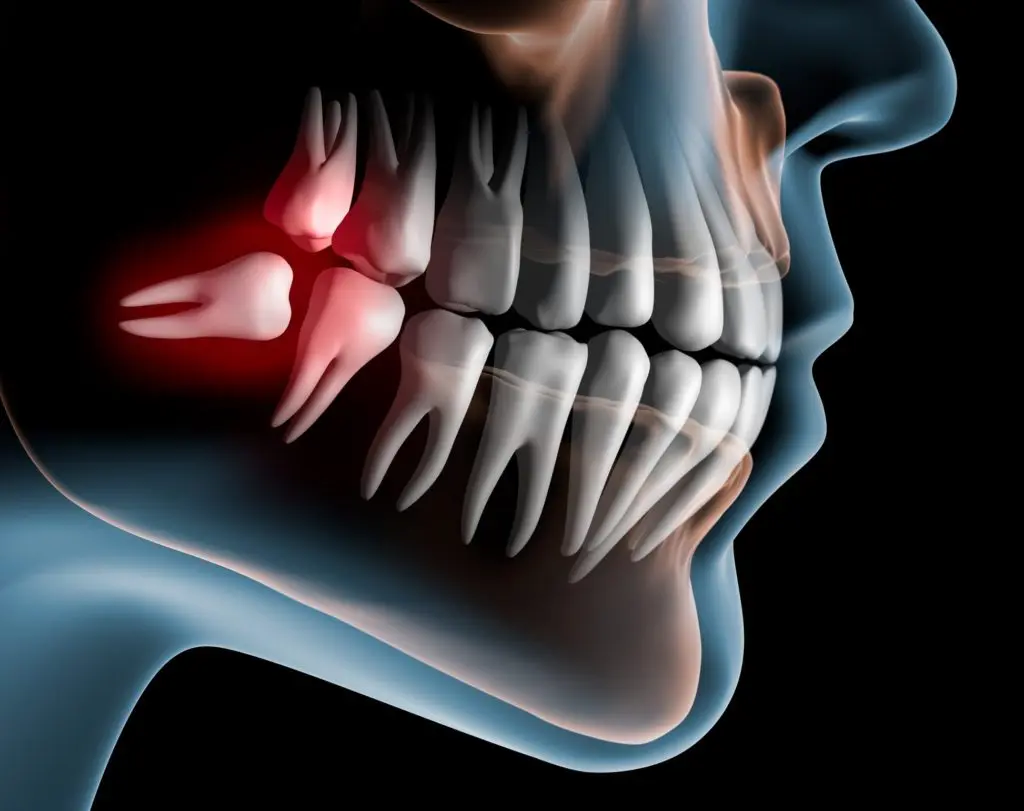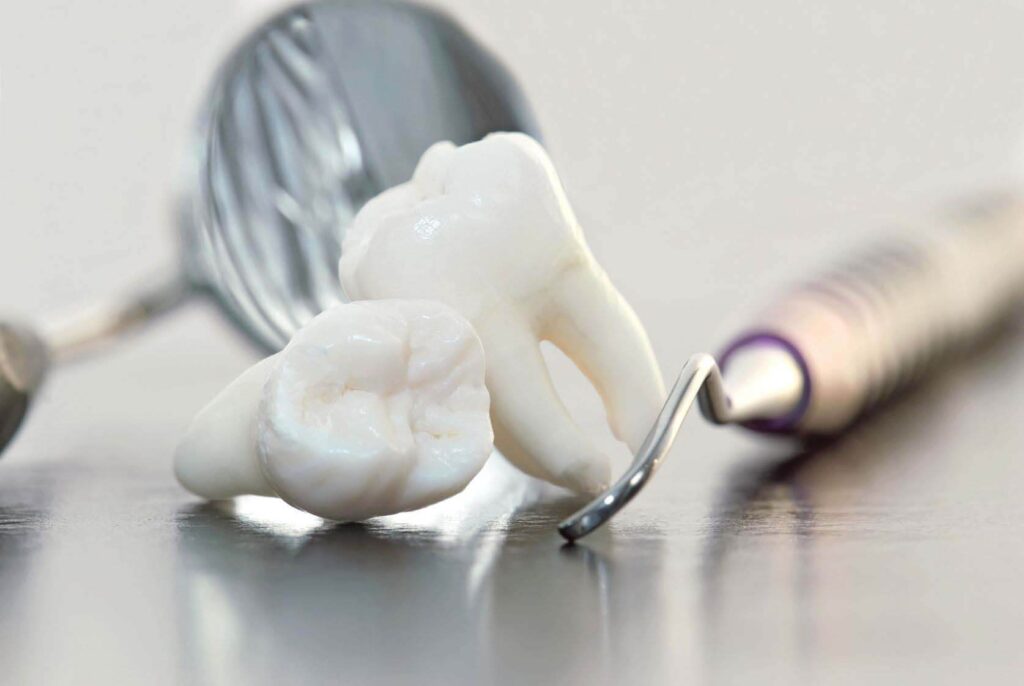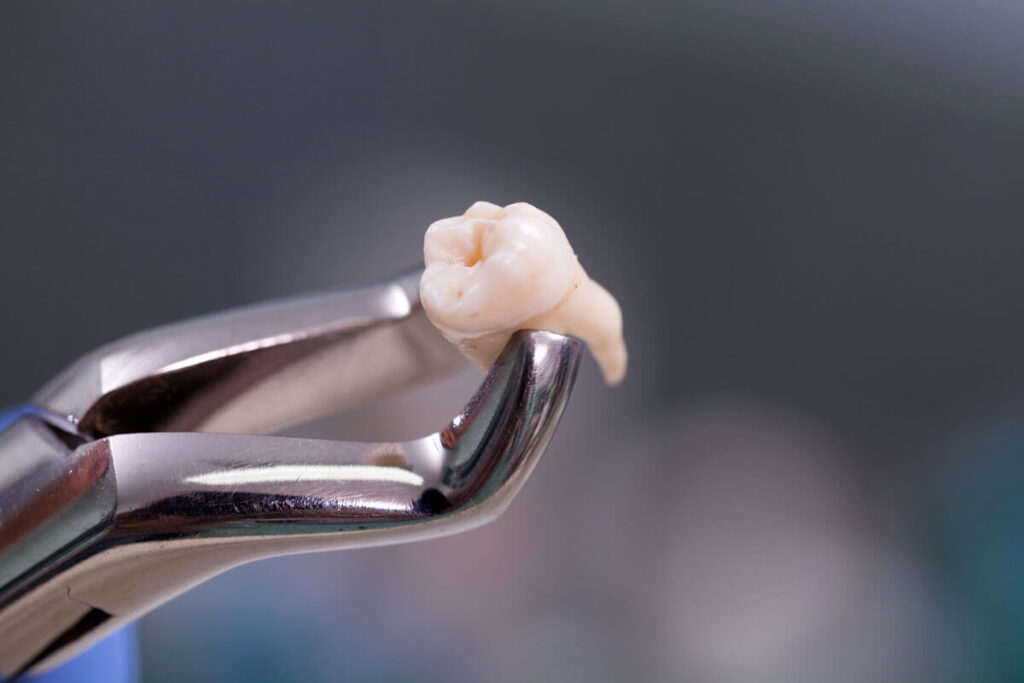Wisdom Teeth Extraction: Tips for Understanding and Managing Extraction
Wisdom teeth, also known as third molars, are the last set of molars located at the back of the mouth. While they can emerge without issues, more often than not, they cause problems that necessitate extraction. In this comprehensive guide, we’ll delve deeper into the intricacies of wisdom teeth extraction, offering insights and tips for a smoother experience.
1. Introduction to Wisdom Teeth Extraction Importance

An ordinary dental operation known as wisdom tooth extraction tries to address any possible issues brought on by the eruption of these molars. These problems, like as crowding, impaction, and misalignment, can cause discomfort, infection, and harm to neighbouring teeth. In order to avoid these issues and preserve excellent dental health, it is important to comprehend the necessity of extraction.
2. Explaining What Wisdom Teeth Are and Their Common Issues
Third molars, sometimes known as wisdom teeth, begin to erupt in people in their late teens or early twenties. Because of the narrower jaws brought on by evolution, wisdom teeth frequently get impacted or misplaced. Impacted wisdom teeth can cause discomfort, edoema, and possibly cyst development. Misalignment may put pressure on nearby teeth, resulting in pain and altering the alignment of the teeth as a whole. Regular dental exams and X-rays help track their development and identify any possible problems early. As soon as these typical issues are addressed, pain, infection, and dental health are all protected.
3. Preparing for the Extraction Process: Steps and Considerations

Prior to the extraction, consultation with a dental professional is crucial. X-rays will be taken to determine the position of the wisdom teeth and the complexity of the extraction. The dentist or oral surgeon will provide pre-operative instructions, including fasting requirements and medications to avoid. Adequate preparation ensures a smooth procedure and minimizes potential complications.
4. Role of Dental Professionals: Choosing a Skilled Oral Surgeon
Selecting an experienced oral surgeon is a pivotal step in ensuring successful wisdom teeth removal. These specialists possess the expertise to assess the complexity of the procedure, determining whether simple or surgical extraction is required for your specific case. Research their credentials, read patient reviews, and seek recommendations to make an informed choice. A skilled oral surgeon not only performs the procedure adeptly but also prioritizes patient comfort and safety throughout the removal process. Their guidance can ease any concerns, ensure efficient extraction, and significantly reduce the risk of complications. Entrusting your oral health to a competent professional guarantees a smoother experience and a well-executed wisdom teeth removal procedure, setting the stage for improved oral well-being.
5. Understanding Anesthesia Options and Their Effects

When it comes to wisdom teeth extraction, understanding anesthesia options is vital. Local anesthesia numbs the area, ensuring a painless procedure. Sedation and general anesthesia offer varying levels of consciousness during the extraction. Sedation induces a relaxed state, while general anesthesia renders you unconscious. The choice depends on factors like procedure complexity and patient comfort. Dental professionals will guide you in selecting the most suitable option, ensuring a comfortable and anxiety-free experience.
6. In-Depth Procedure Details: Removal Techniques and Duration
The techniques employed depend on the position of the wisdom teeth. Simple removals involve loosening the tooth and removing it, while impacted teeth may require surgical extraction. The duration of the procedure varies but usually takes around 45 minutes per tooth. Surgical removals are more intricate and may take longer.
7. Immediate Post-Extraction Care: Pain, Swelling, and Bleeding

After extraction, pain, swelling, and minimal bleeding are normal. Applying ice packs, taking prescribed pain medications, and adhering to proper oral hygiene can alleviate discomfort. It’s important to follow the dentist’s instructions for rinsing and avoiding strenuous activities to facilitate healing.
8. Potential Complications: Infection, Dry Socket, Nerve Damage Awareness
While complications are rare, they can occur. Infections may arise if proper care isn’t taken. Dry socket, a painful condition, occurs when the blood clot at the removal site dislodges. Nerve damage is a remote possibility but can cause numbness or tingling in the tongue, lip, or chin. Being aware of these potential issues enables early detection and prompt treatment.
9. Recovery Timeline and Activities to Avoid During Healing

The recovery period varies, but most discomfort subsides within a week. During this time, avoiding hard, chewy foods and refraining from smoking is advised. Strenuous activities should be postponed to prevent bleeding and complications. Following the post-operative care instructions diligently accelerates healing and minimizes risks.
10. Long-Term Oral Benefits After Wisdom Teeth Removal
Extracting problematic wisdom teeth prevents future oral health issues. By eliminating overcrowding and potential infection sources, overall oral hygiene becomes easier to maintain. Moreover, neighboring teeth remain intact, reducing the likelihood of misalignment.
11. Final Tips for a Smooth Wisdom Teeth Extraction Experience

In conclusion, wisdom teeth extraction, while common, requires careful consideration and planning. Choosing a skilled oral surgeon, understanding anesthesia options, and following post-operative care instructions are pivotal for a successful outcome. By adhering to these guidelines and staying vigilant about potential complications, individuals can navigate the removal process with confidence, leading to improved long-term oral health and well-being.
Wisdom teeth extraction doesn’t have to be daunting. Armed with knowledge, individuals can approach the procedure with greater understanding and effectively manage their recovery. Remember, consulting a dental professional is key to personalized guidance tailored to individual needs.
Conclusion
Wisdom teeth extraction is a proactive step towards maintaining oral health and preventing potential complications. By understanding the issues associated with these molars, preparing for the removal process, and seeking the expertise of skilled dental professionals, individuals can ensure a smoother experience. Carefully considering anesthesia options, learning about extraction techniques, and being aware of potential complications further contribute to a successful outcome.
Immediate post-extraction care is essential for minimizing discomfort and promoting healing. While complications are rare, understanding their signs and symptoms empowers individuals to seek prompt treatment if necessary. As the recovery timeline unfolds, following guidelines for oral hygiene and activities helps avoid setbacks and ensures a speedy recovery.
Beyond the immediate post-extraction phase, the benefits of wisdom teeth removal extend into the long term. Improved oral hygiene, prevention of overcrowding, and reduced risk of misalignment are just a few of the advantages. By adhering to the advice of dental professionals and maintaining regular check-ups, individuals can enjoy a healthier oral environment for years to come.
